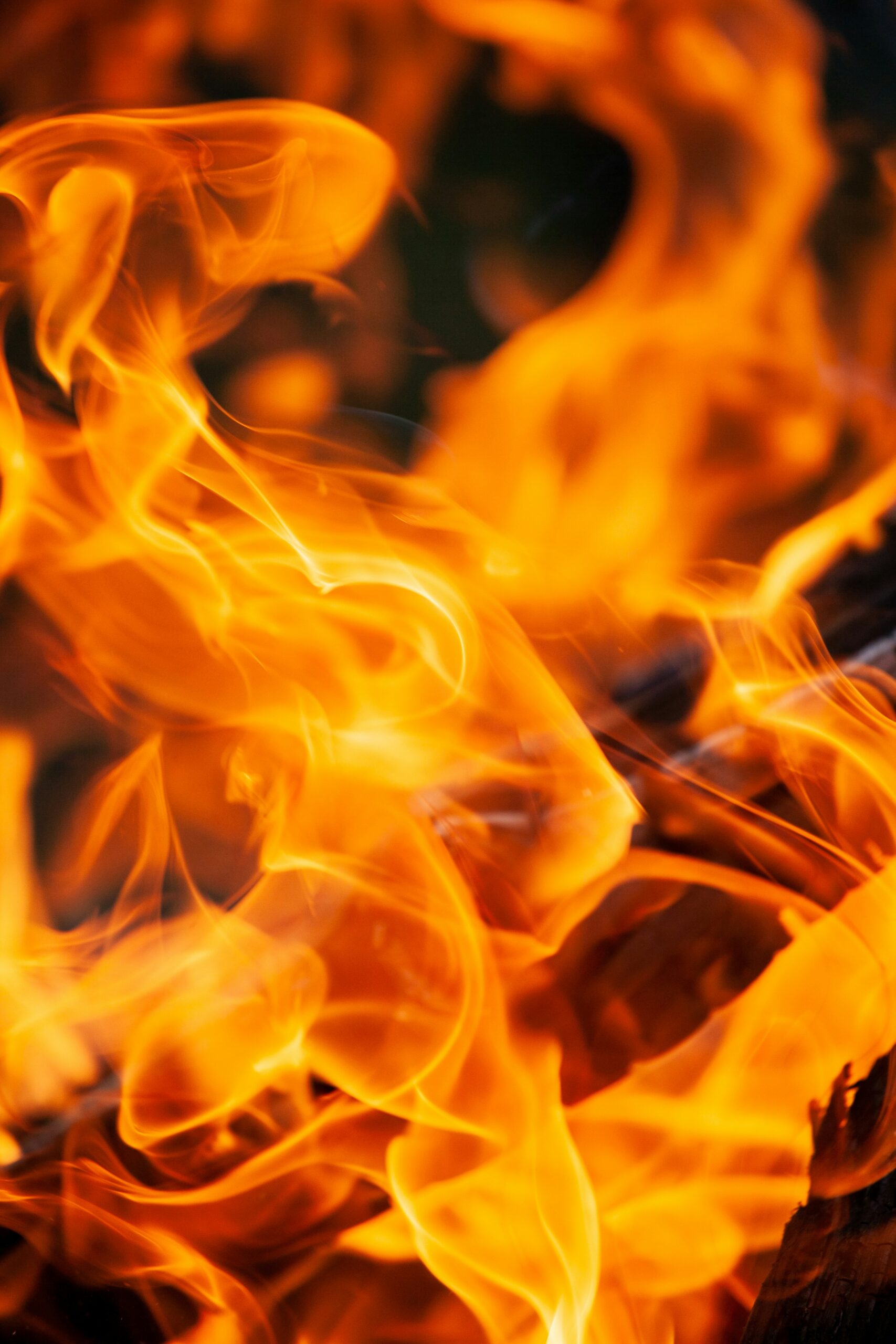
When the right type of fire extinguisher is used on the right type of fire, it becomes an effective tool in protecting people and property and preventing a disaster. If you aren’t sure which type of portable fire extinguisher to install in your facility, don’t fret! As Ontario’s fire safety experts, we know all the ins and outs of the fire and fire extinguisher classification and would be happy to guide you through the selection process.
Before diving into the fire extinguisher classification, it is important to understand the classification of fire itself. Generally, fires are classified based on the materials burning:
Portable fire extinguishers are classified based on the type of fire suppression agent used. Certain types of fire extinguishers are only effective for certain classes of fires, which means that identifying the combustible material and choosing the appropriate extinguisher is key to effectively putting out the fire. Most portable fire extinguishers will have markings with a fire class letter, indicating which type of fires they are designed to fight.
The most common types of fire extinguishers in Ontario are water extinguishers, foam extinguishers, dry chemical extinguishers, and Carbon Dioxide extinguishers.
As the name suggests, water fire extinguishers use water as the primary fire suppression agent with or without other additives. Pure water fire extinguishers cannot be used in freezing conditions, so some types of water extinguishers also contain antifreeze. In addition, water-type fire extinguishers may contain wetting agents designed to help increase their effectiveness.
Water fire extinguishers are primarily used to extinguish Class A fires. Never use these for Class C fires, Class B Fires, or Class K fires.
Chemical foam extinguishers dispense special foam that cools the burning materials, eliminating the fire. These extinguishers are used on fires that involve flammable liquids like diesel or gasoline.
Chemical foam extinguishers can be used for Class A and Class B fires.
Dry chemical extinguishers are the most popular type of fire extinguishers in Toronto and surrounding areas. They work by discharging a blanket of fine powder, which creates a break between the combustible material and the oxygen in the air.
Dry chemical extinguishers are designed to work for Class B, Class C, and some Class A fires.
Carbon Dioxide extinguishers contain pressurized CO2 as the fire suppression agent. They can be effectively used for flammable liquids and gases, as well as electrical equipment. When dispensed, Carbon Dioxide covers the flammable material and displaces oxygen, thus stopping the combustion process. For this reason, CO2 fire extinguishers should not be used in confined spaces without appropriate respiratory protection.
Carbon Dioxide fire extinguishers are effective for Class B and Class C fires. Do not use a CO2 extinguisher to extinguish Class A fires, as the fire may continue to smolder and re-ignite after the CO2 disperses.
Depending on the specifics of your business or industrial facility, you will need to have a certain type of fire extinguisher on-site. At Fire Safety Solutions, we will be happy to guide you through the fire extinguisher classification, advise on the right type of extinguisher, and perform fire extinguisher installation and maintenance from A to Z. Get in touch with us today to book a consultation.
Have a project we can help with?
Give us a call or reach out to us on social media.
Head Office
25 Edilcan Drive, Unit #8
Concord ON, L4K 3S4
Cambridge Office
180 Shearson Crescent, Unit 3
Cambridge ON, M1T 1P4